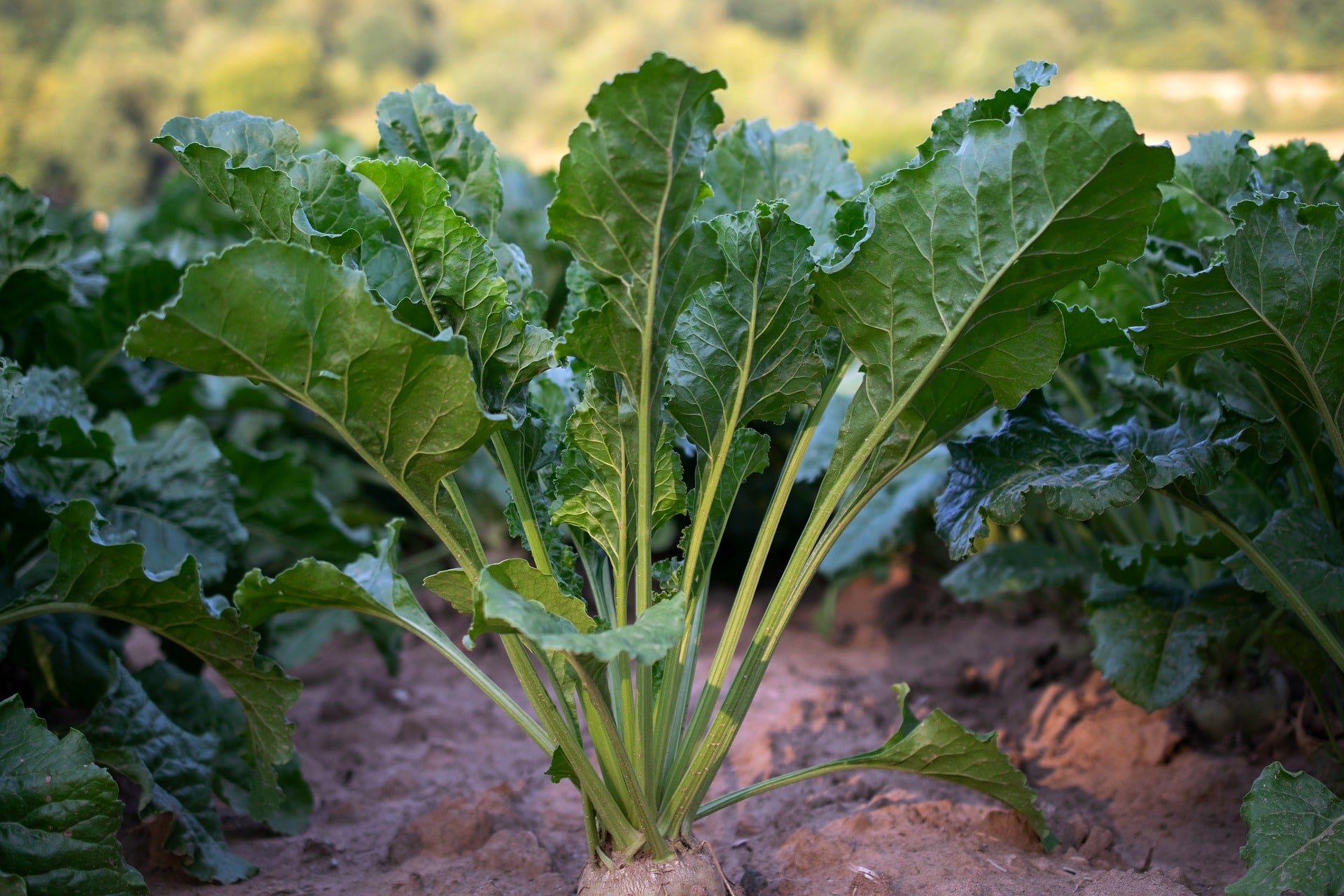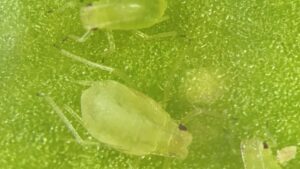KWS recently completed a sugar beet expansion and modernization to their facilities, resulting in higher quality sugar beet seeds for farmers. The seed facility in Einbeck was KWS’ last stop to bring their €51 million investment package for sugar beet seed production to a close.
The plan, executed in several phases, “increases capacities, allows a more flexible supply of the customers with a greater diversity of varieties and, consequently, prepares sugar beet seed production for the requirements of the future,” shared a press release from KWS about the expansion.
The European Union produces nearly 50% of the world’s beet sugar, according to the European Commission. Following a lower-than-normal sugar beet yield in 2021, high quality inputs, such as seed, are a necessity.
“EU sugar production for MY 2021/22 is forecast at 15.8 million metric tons (MT) in Raw Sugar Equivalents (RSE), a recovery of 1.1 million MT from MY 2020/21, but still 750,000 MT below the revised MY 2019/20 production,” stated the USDA’s Foreign Agriculture Service.
An estimated 150 people are employed in Production Control, Laboratory, Seed Technology and Seed Research on the 42,000 square meter production plant, said the press release.
A new logistics and storage center has been operational since 2019, with a pickling and packaging system installation following a year later. An additional pelleting system that treats, cleans and dries the seeds was the final instillation of the construction project, shared KWS.
“Alongside classical breeding work, the areas of technology and digitalization are playing an increasingly important role in the development of high-performance, resistant seeds. The completed facility enables us to increase production efficiency and offer farmers a high-quality and comprehensive product portfolio,” explained Dr. Peter Hofmann, KWS Executive Board member.
Read More About KWS and Sugar Beet:
Solid Rebound Expected for U.S. Sugar Beet Industry
The 20 Most Innovative Plant Varieties of 2020: 11-15
Sugar Rush: What it Takes to Develop a New Sugar Beet Variety












